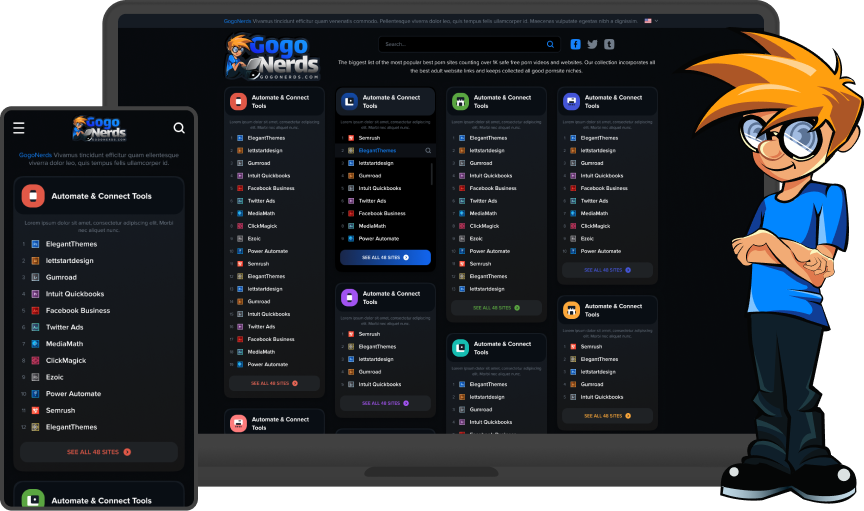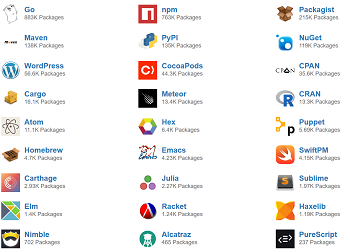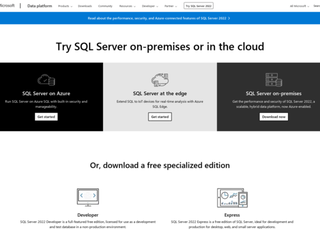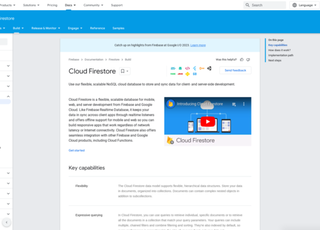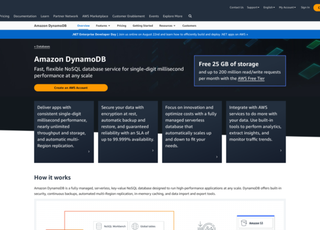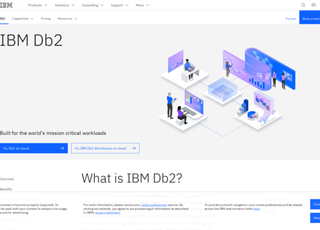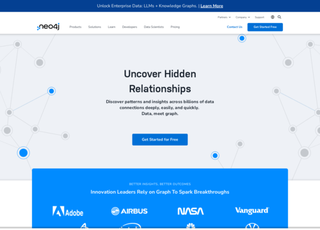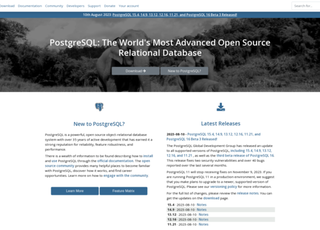Firebase Realtime Database
https://firebase.google.com/docs/databaseFirebase Realtime Database
Firebase Realtime Database is a cloud-hosted NoSQL database offered by Google as part of its Firebase suite of services. It stores data in JSON format and synchronizes it in real-time with every connected client. This real-time synchronization makes it an excellent choice for applications that require instant updates, such as chat applications or live score updates in sports apps.
Key Features:
Real-time Synchronization
When data changes, every connected device receives the update within milliseconds. This feature enables collaborative and interactive features in apps without the need for polling or refreshing.
Offline Capabilities
Firebase Realtime Database can persist data on the client side. This means the app can function offline, and once connectivity is restored, it syncs with the current server state, ensuring data consistency.
Accessible from Client Devices
Unlike traditional databases that require a server-side connection, Firebase's database can be accessed directly from client-side code. This simplifies the architecture for developers, reducing server-side coding requirements.
Flexible Data Structure
Being a NoSQL database, it doesn’t require fixed schemas; developers can store and retrieve data as JSON objects, which offers flexibility in designing the data model.
Scalability
Firebase handles the scaling of your database automatically as your user base grows, allowing you to focus on your app's functionality rather than on managing database infrastructure.
Security Rules
Firebase provides a set of declarative rules for database security. These rules are used to define how data is stored and when it can be read or written, thus allowing fine-grained control over database access.
Integration with Other Firebase Services
It integrates well with other Firebase services like Firebase Authentication for user management, Firebase Cloud Messaging for push notifications, and Firebase Analytics for app data analysis.
Use Cases:
- Real-time chat applications
- Collaborative document editing tools
- Live sports scores or event streaming apps
- IoT applications for real-time device status updates
- Multi-player online games for real-time interactions
Limitations:
While it's excellent for real-time updates, it might not be the best choice for applications requiring complex queries or transactions, given its NoSQL nature.
The cost can scale up with high usage, which is a consideration for apps with large datasets or high read/write frequencies.
Data structuring needs to be carefully planned, as poor design can lead to inefficient data retrieval and higher costs.
Firebase Realtime Database is particularly well-suited for real-time applications, but it's important to understand its nuances and best practices:
Data Structure Optimization
Due to its JSON-based structure, how you structure your data is crucial. Deeply nested data can lead to performance issues, so it's recommended to keep the structure flat. This approach simplifies data retrieval and updates, especially for large datasets.
Query Limitations
Firebase Realtime Database offers basic querying capabilities such as filtering and sorting. However, it lacks the more advanced querying capabilities found in traditional relational databases. For complex queries, additional client-side logic or integration with other services might be necessary.
Scaling Considerations
While Firebase handles the scaling, developers must be mindful of how data is accessed and structured. Poorly optimized data access patterns can lead to increased latency and higher costs, especially as the application scales.
Real-time Listeners
Developers can set up listeners to specific parts of the database. When data in these areas changes, the listener triggers events in the application. This feature is key to the real-time capabilities of Firebase, allowing apps to respond immediately to data changes.
Integration with Cloud Functions
By integrating with Firebase Cloud Functions, developers can run backend code in response to events triggered by Firebase features and services. This is useful for scenarios that require server-side logic, such as data validation or processing.
Backup and Export Options
Firebase provides options to export your database for backup or analysis purposes. Regular backups are crucial for disaster recovery plans.
Ease of Use and Setup
One of the key advantages of Firebase Realtime Database is its ease of setup and use. Developers can quickly integrate it into their applications without extensive backend infrastructure knowledge.
Cross-platform Support
Firebase supports a wide range of platforms including iOS, Android, and web applications, making it a versatile choice for cross-platform development.
Compliance and Security
As with any cloud-based service, understanding the compliance and security aspects is essential. Firebase provides robust security features, but it is up to the developers to configure them correctly to safeguard user data.
Firebase Realtime Database offers a unique combination of real-time data synchronization, ease of use, and scalability. It's a powerful tool for developers looking to build interactive and collaborative applications. However, careful consideration must be given to its limitations, particularly around data structure, query capabilities, and cost management, to ensure it aligns with the specific needs of the project.

